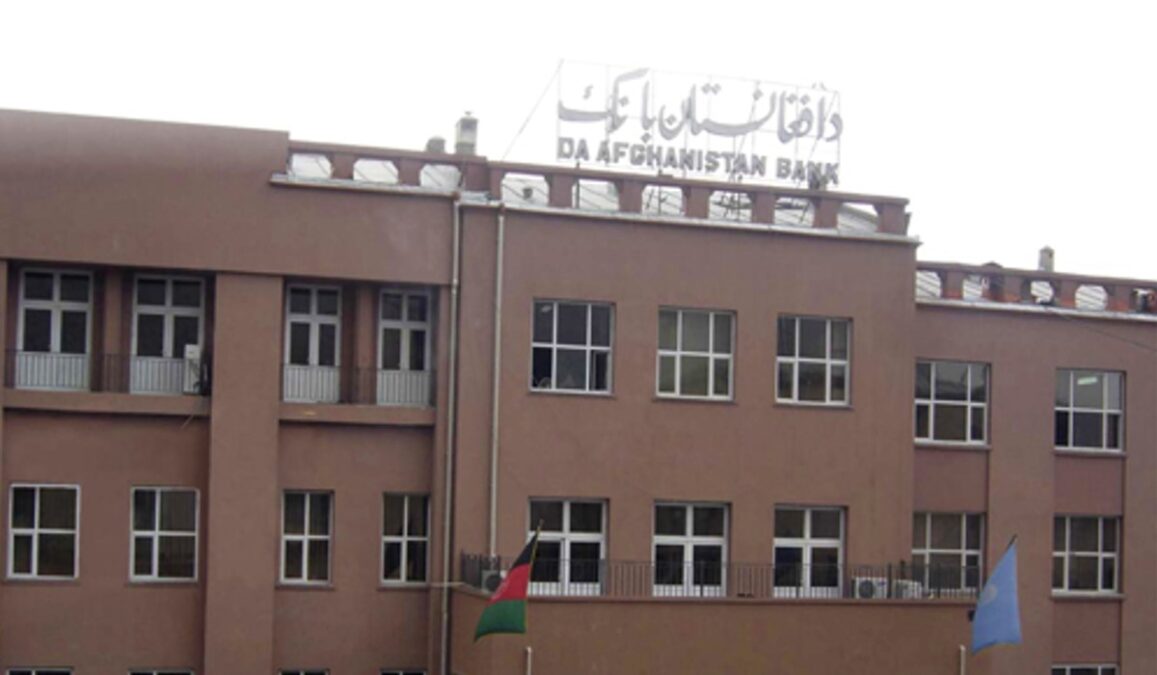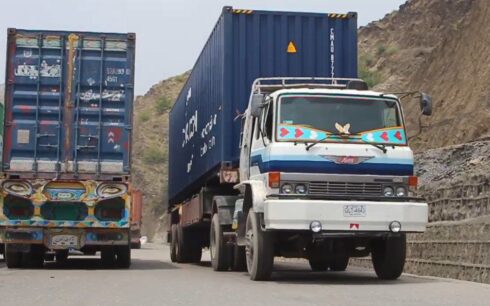Afghanistan’s banking system remains largely dysfunctional and continues to suffer from a loss of public trust, exacerbated by the 2010 Kabul Bank scandal, according to a report by the U.S. Institute of Peace (USIP).
The report, authored by William Byrd, highlights systemic challenges within Afghanistan’s banking sector, including a backlog of bad loans and limited depositor access to funds due to withdrawal restrictions imposed by Da Afghanistan Bank (DAB), the central bank.
The DAB, the report noted, faces significant hurdles in implementing macroeconomic policies, given its inability to access the country’s substantial foreign reserves and its challenges in printing new Afghani banknotes.
Rising risks amid shrinking aid
The Afghan economy, already precarious, is grappling with new risks as humanitarian aid—once delivered in large shipments of U.S. dollars under U.N. auspices—rapidly declines. These dollar inflows previously helped stabilize the economy, cover Afghanistan’s substantial trade deficit, and inject liquidity into its cash-driven commerce.
“With much smaller cash infusions, in line with a general reduction in aid, the suffering of Afghanistan’s poverty-stricken population is likely to increase,” the USIP warned, noting that aid funding fell by half in 2023 to $1.9 billion and has reached just $1.2 billion by mid-November 2024.
The report emphasized that managing the economic fallout will require sound macroeconomic measures by the Taliban, including gradually depreciating the overvalued exchange rate and ensuring sufficient circulation of Afghani currency notes.
A dollarized economy and limited financial intermediation
Afghanistan’s economy is heavily dollarized, with U.S. currency freely circulating and used for major transactions. “Cash and hawala (informal money transfers) dominate,” the report noted, adding that Afghanistan has very low bank deposits as a share of GDP and limited financial intermediation.
While the Taliban have reportedly reduced the use of Pakistani rupees and Iranian currency in border regions, U.S. dollars remain widely utilized across the country.
Recommendations for international support
Despite strong disapproval of the Taliban’s repressive policies, particularly those affecting women and girls, the USIP suggested that international actors could help stabilize Afghanistan’s economy without directly supporting the Taliban.
The report proposed facilitating the production of Afghani banknotes and allowing income from the Afghanistan Fund, held in Switzerland, to be used for macroeconomic stabilization. This could be achieved without transferring funds directly to the Taliban, it said.
The USIP also highlighted concerns from observers that the shrinking cash injections, which previously financed part of Afghanistan’s trade deficit, could destabilize the economy further.
Afghanistan’s official trade deficit continues to grow, financed partly by dwindling humanitarian aid. With reduced foreign assistance and a largely dysfunctional banking system, Afghanistan faces significant economic uncertainty, the report concluded.




